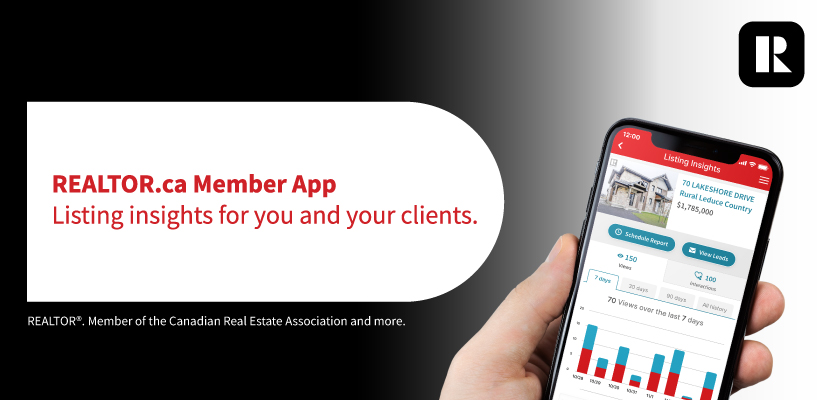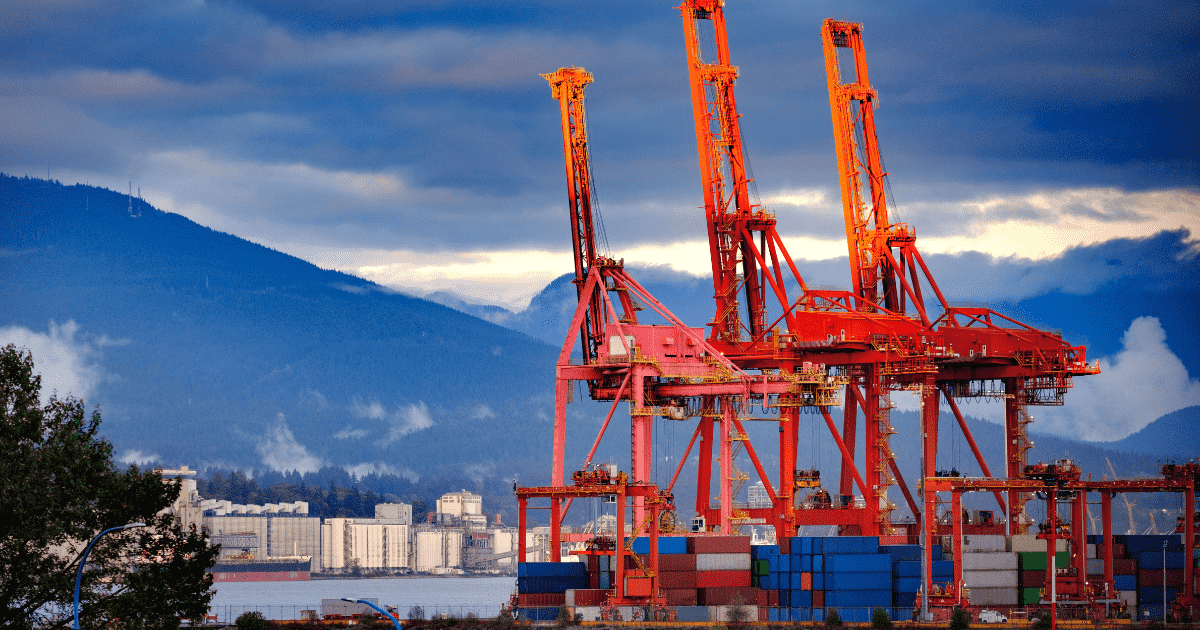Perhaps real estate professionals could help their clients if they revealed a bit more about the composition, causes and remedies of real estate bubbles.
Most people understand that sometimes when property values rise quickly, such as in the late 1980s in Canada, they fall quickly, as they did in 1990/1991. But that wasn’t actually a bursting price bubble. It was caused by an increase in demand followed by a decline in that demand. The demand increase was stimulated by a surge in wealthy immigrants from Hong Kong into new construction markets in Vancouver and Toronto. The sellers then pushed prices up in the more desirable trendy markets.
The demand decline occurred as the immigrant flow decreased in the local real estate markets they had targeted.
The U.S. economy also had a recession that made Canadian homeowners nervous as 60 per cent of them worked for American-owned subsidiaries. From 1990 to 1996, GTA prices fell about 27 per cent. It took prices another eight years to fully recover.
The U.S. real estate bubble burst in 2007, but Canada didn’t experience a burst bubble at all. The difference between the two markets was (and is) substantial.
Yes, the U.S. had a huge increase in market demand, but only because the property financial industry there restructured the cash flow of the poorest of Americans. It was made possible for them to buy at smaller monthly payments than pay rent on the same house. Homeownership was promised to naïve buyers even though they had no chance of acquiring equity. This was indeed a formula for high demand price increases without any appreciation in equity and thus value.
High short-term demand occurs all over the sub-markets across Canada and the U.S., but within a couple months the supply matches demand and prices slip back to a long-term growth line that roughly follows GDP and income real growth rates. But these should not be named bubbles.
Genuine supply and demand factors determine value growth rates for properties. But as we all know, values and prices march to different instruments and rhythms. Bubbles march to manipulations and emotions, as do prices.
During the spring of 2013, The Economist slammed Canada’s house prices as being among the most bubbilishous in the world. Since then, our prices have continued to increase handsomely, but The Economist remains “strong and wrong” three years later.
It has ignored advice that their primary financial ratios in Canada are unique versus other world markets. Our neighbourhood housing and infrastructures are vastly different than the markets they compare us to. Our lifestyle housing requirements are quite unique. Our housing inventory quality is far superior and our rental rates are not only controlled, but our middle class economy has a much lower portion of renters, never mind comparing the rental inventory quality. It is much like comparing a D flawless diamond to drill bit diamonds. Try as they might, their theoretical models will never represent reality in Canada.
No, in 2016, the only bubbles in Canada are stowed away in the bond and equity markets, where speculation, emotion and commission-driven trading reigns supreme. I wouldn’t light a match near the combustible bubbles of the monetary and financial systems indwelt by valueless electrons of fiat currency.
Canada’s rock solid real estate markets are built upon genuine demand growth brought about by our demographics, our vibrant and flexible construction industry, our immigration and our prosperous economic and social outlook. Add to these powerhouses the fact that our homes are truly only one of the few remaining personal assets with intrinsic value and you have a solid mountain and not a bubble.
In Canada, we die if we aren’t properly housed, but in most of the U.S. and elsewhere housing isn’t a lifesaver. This is why our housing sector is our back bone. We build and own our homes so that we can build our country. A few misinformed academics can’t break a bubble we don’t have.
By the way… the Canadian cure for a bubble is to switch to another media.
Jim Reid is a strategic planning consultant and has been a corporate executive, university and college lecturer, business owner, real estate broker and wilderness canoeist. “Your average Canadian failed entrepreneur, wage slave, divorced former Realtor,” he says. Visit his website, or send him an email.


















